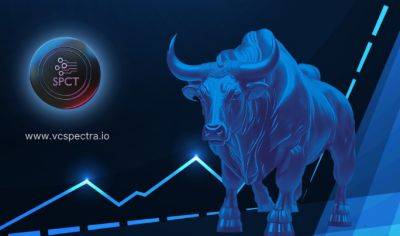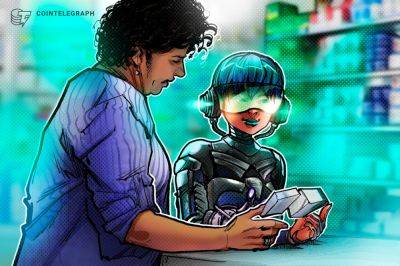What is generative AI?
Generative artificial intelligence (AI), fueled by advanced algorithms and massive data sets, empowers machines to create original content, revolutionizing fields such as art, music and storytelling. By learning from patterns in data, generative AI models unlock the potential for machines to generate realistic images, compose music and even develop entire virtual worlds, pushing the boundaries of human creativity.
Generative AI is a cutting-edge field that investigates the potential of machine learning to inspire human-like creativity and produce original material. Generative AI is a subset of artificial intelligence concerned with creating algorithms that can produce fresh information or replicate historical data patterns.
It uses methods like deep learning and neural networks to simulate human creative processes and produce unique results. Generative AI has paved the way for applications ranging from image and audio generation to storytelling and game development by utilizing algorithms and training models on enormous amounts of data.
Both OpenAI’s ChatGPT and Google’s Bard show the capability of generative AI to comprehend and produce human-like writing. They have a variety of uses, including chatbots, content creation, language translation and creative writing. These models’ underlying ideas and methods promote generative AI more broadly and its potential to improve human-machine interactions and artistic expression.
Related: 5 AI tools for translation
This article will explain generative AI, its guiding principles, its effects on businesses and the ethical issues raised by this rapidly developing technology.
Here’s a summarized evolution of generative AI:
Generative Artificial Intelligence could add trillions of
Read more on cointelegraph.com






















